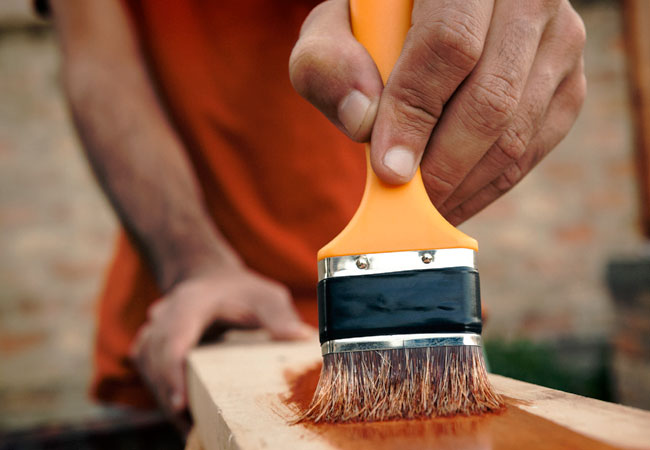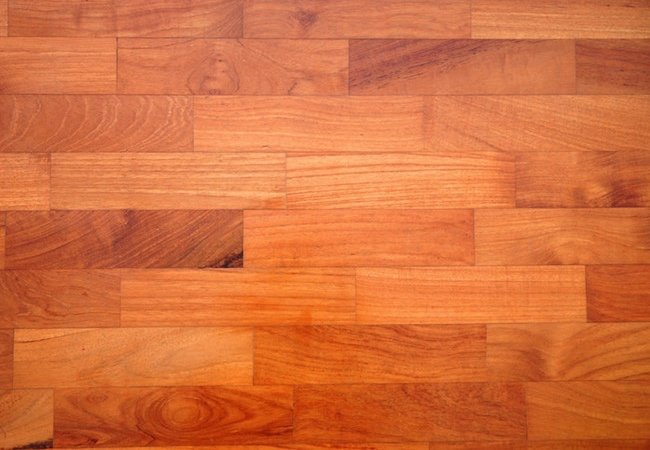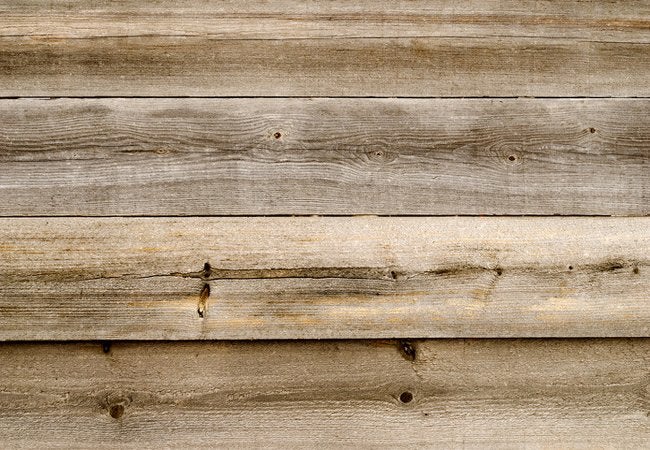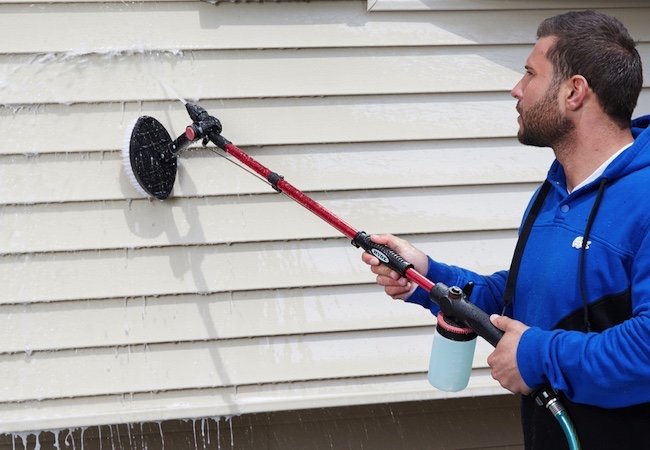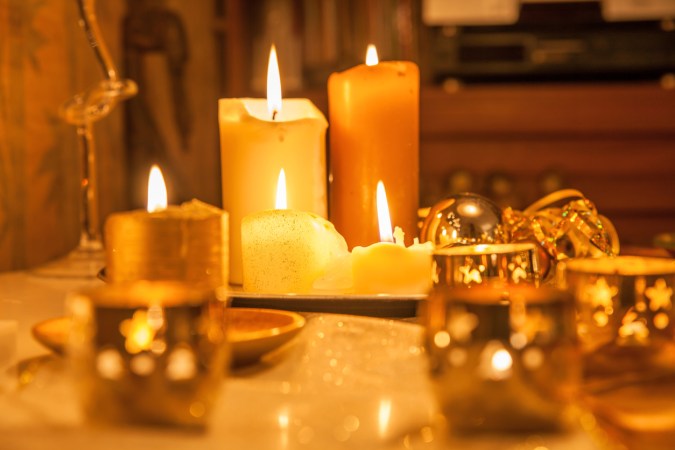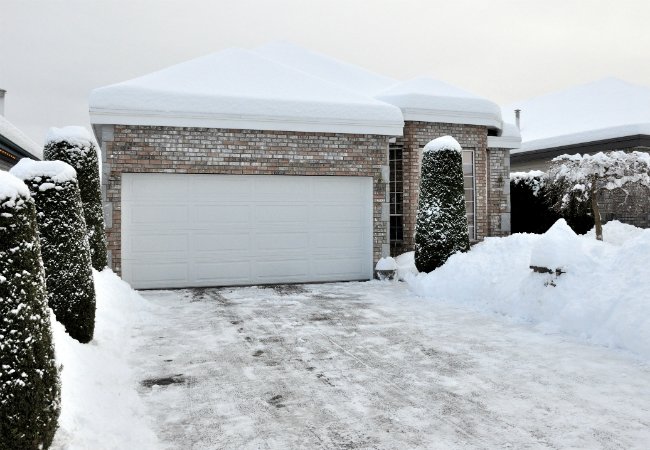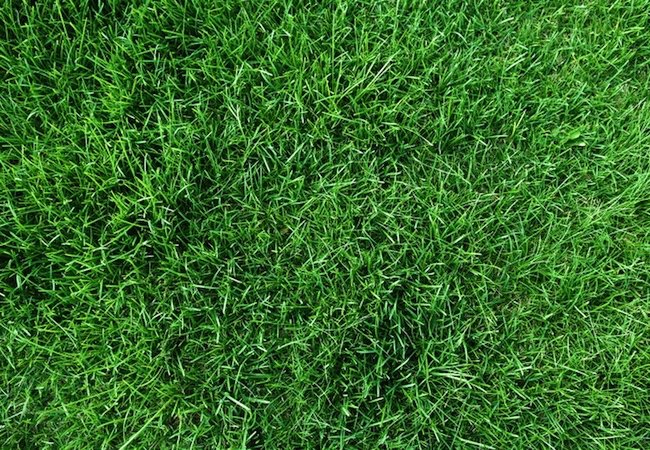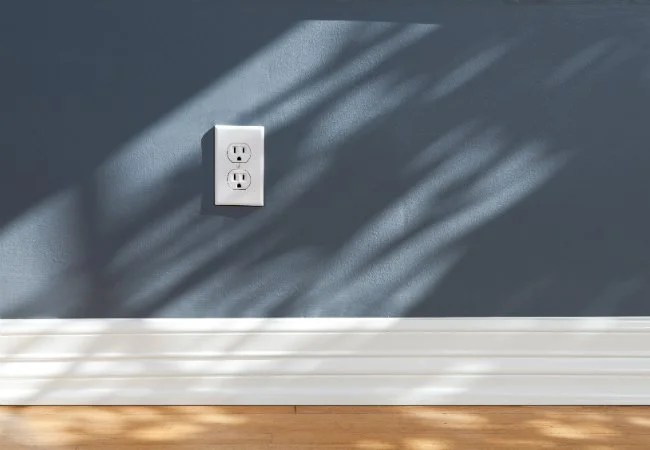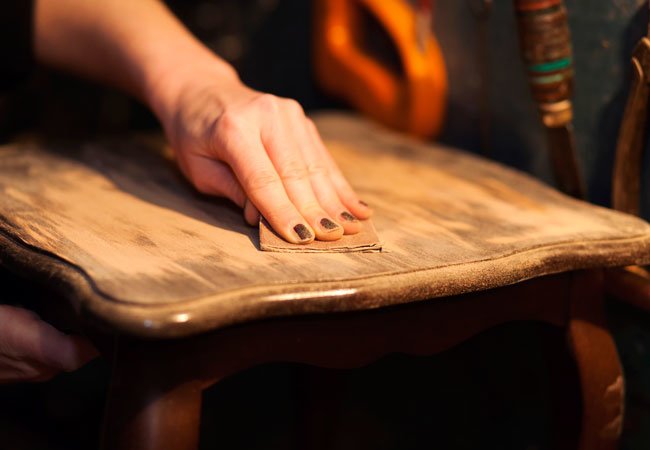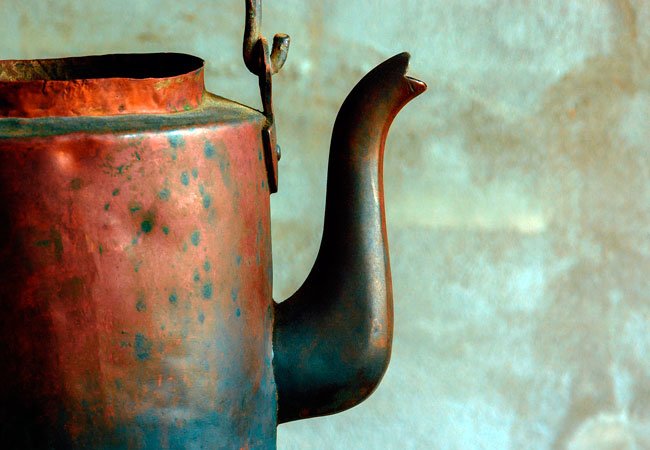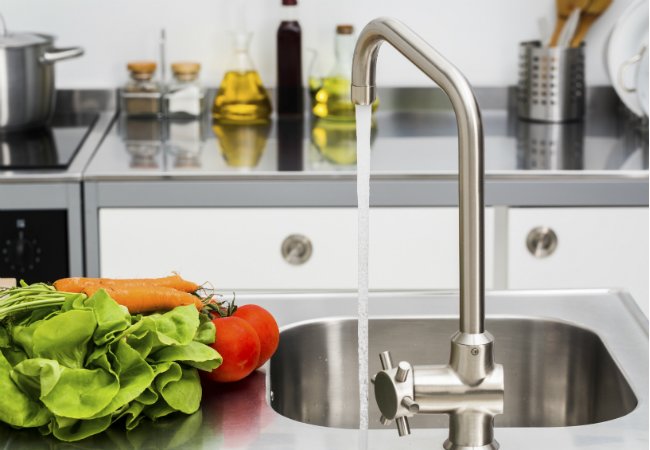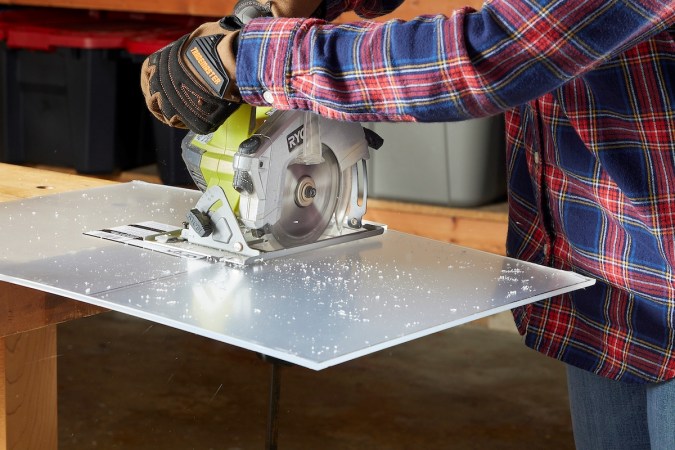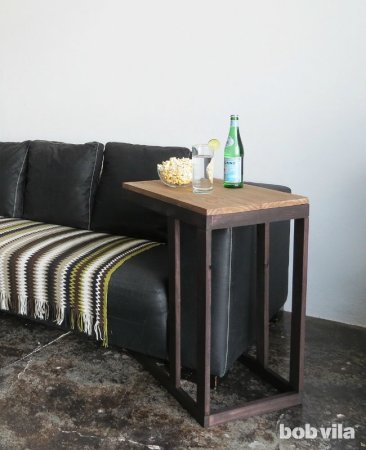We may earn revenue from the products available on this page and participate in affiliate programs. Learn More ›
Shellac is a versatile, non-toxic wood finish that enhances the natural grain while adding smoothness without the plastic-like qualities of polyurethane or lacquer. Made from flakes of resin secreted by lacs (insects native to Asia) and dissolved in alcohol, shellac is typically available in clear or amber but can also be tinted to bring out a range of hues from golden oak to dark mahogany. It’s readily available at home centers, goes on easily, and dries quickly.
Shellac isn’t ideal for every piece, however. The finish can fade in the sun or simply dull over time, and it’s highly sensitive to water or even high humidity. So while this less-than-durable finish can be repaired and retouched if necessary, it’s usually best to shellac decorative wood items that won’t see a lot of wear-and-tear, instead of high-use furniture like a dining room table.
Considering enhancing the natural beauty of your latest woodworking project? Keep reading for step-by-step guidance on how to shellac wood. A full protective shellac coat generally requires several thin layers, with a bit of sanding and buffing in between—a project that can often be completed in one afternoon.
Tools & Materials
Bobvila.com may earn a commission from purchases made through these links.
STEP 1: Whether you choose homemade and pre-made shellac, prep to your preferred consistency.
Shellac is used in various concentrations, or “cuts,” that are mixed with denatured alcohol to determine the thickness of each coat. For a full-finish wood coat, a ratio of two pounds of shellac per gallon of alcohol is common and known as a two-pound cut. A higher alcohol ratio creates a thinner mixture more commonly used as light sealer before staining. A higher shellac ratio produces a thicker blend that can mean fewer coats but can be sticky and difficult to work with.
Shellac can be made from scratch or purchased pre-made. If you’re up for the extra effort of making the mixture yourself, purchase shellac resin flakes and combine with denatured alcohol, using the two-pound cut ratio as a starting point. You can add more or less shellac flakes to determine your own “cut preference” based on how the mixture is performing.
Pre-made shellac is sold by the quart or gallon, and usually has a high shellac ratio (three- or four-pound cuts) which will result in thick coats. You can always thin out pre-made shellac by adding denatured alcohol. Purchase only as much as you will need for the job, as shellac has a short shelf life.
STEP 2: Test your mixture on a scrap wood.
Because shellac dries quickly, allowing no time to smooth out drips, it’s wise to test the consistency you’ll be working with before starting your project. Apply shellac to a scrap piece of wood using a dry cotton cloth. If the shellac goes on too stickily for smooth strokes, try adding a drop or two of mineral oil as a lubricant. (Mineral oil won’t affect the color or overall finish.)
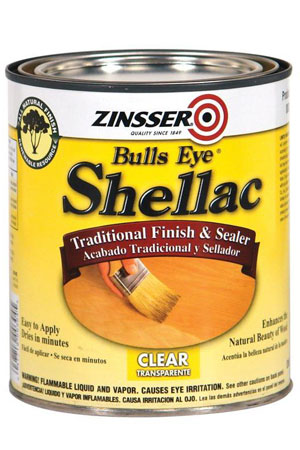
STEP 3: Sand your wooden surface and brush or wipe on a coat of shellac.
Properly sand the surface of your piece and wipe with a dry cloth to remove any dust. Shellac can be applied with either a cotton cloth rag, a brush, or a combination of both. A good rule of thumb: Use a cloth to shellac wood if you’re covering a large surface area and choose a brush for the job to finish tight edges and corners.
Dip your rag into the shellac mixture and coat the wood using broad, even strokes and a generous amount of shellac. Try to avoid pooling or blotches, which would have to be sanded down later. Grab your brush to finish tight areas and corners, doing your best to minimize brush strokes. While shellac dries to the touch almost immediately, wait at least 30 minutes before moving on.
STEP 4: Buff with sandpaper to smooth.
Sand any raised wood grain or uneven globs of shellac with 400-grit sandpaper. Alternately, use a piece of superfine (#0000) steel wool to buff between shellac layers.
Wipe away any white dust that accumulates from buffing. Examine the piece at eye-level to identify spots where light does not reflect, which would indicate that the wood surface is not properly covered, and target those areas on your next coat.
STEP 5: Recoat as required until you’re happy with the finished look.
At least three to four layers of shellac are required to achieve an ideal finish. Repeat Steps 3 and 4 until the wood achieves a smooth, even appearance. After the last coat, you can leave the piece un-buffed for a glossy look, or buff one last time before applying a thin layer of non-silicone paste wax with a cloth for a satin finish.
Dings or scratches? Fix the finish with leftover shellac.
If a shellac finish gets damaged, it’s easy to repair. Simply apply some alcohol to a rag and gently rub in a circular motion to remove the damaged shellac from that area. Then follow the steps outlined above to shellac wood in just that area, sanding in between coatings, and building up until it is even with the rest of the piece, re-coating the entire surface once or twice if necessary. Scratches can also be repaired by using a fine brush to fill in low-areas with shellac and buffing smooth.
